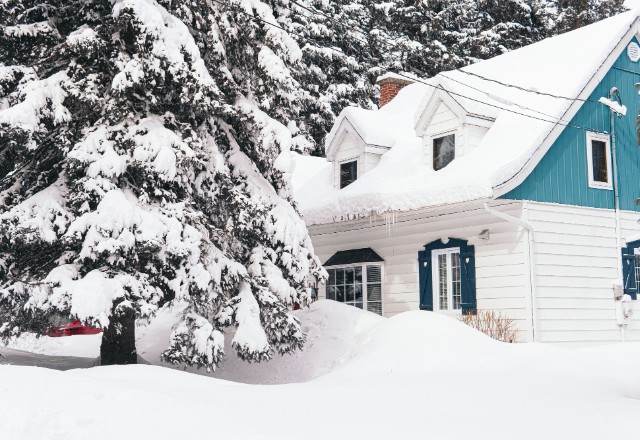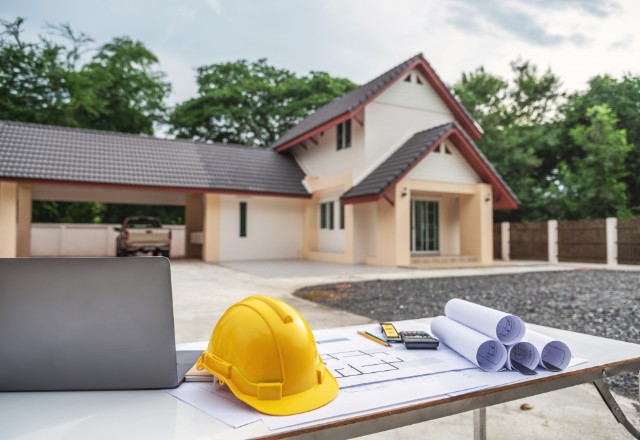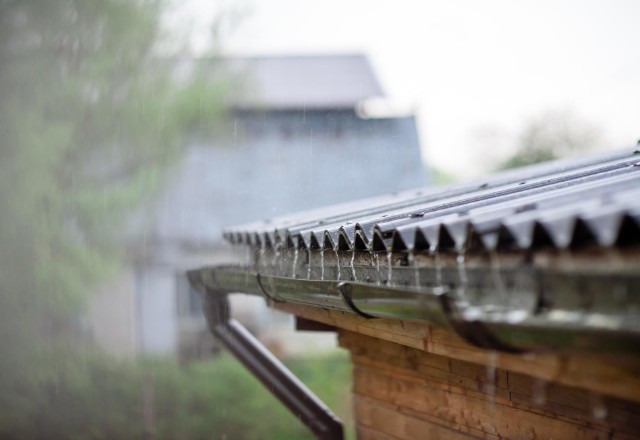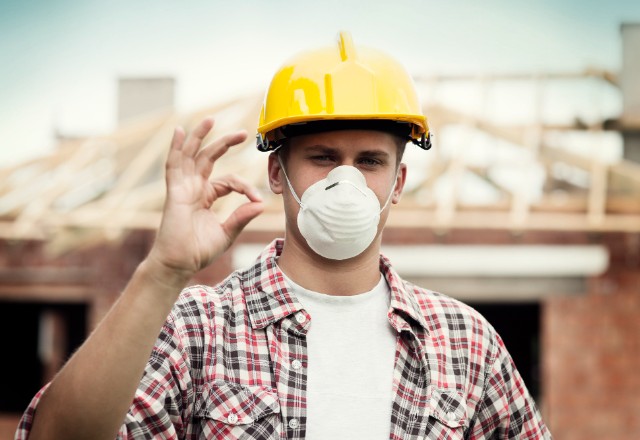The best time of year to change the siding on your home depends on a variety of factors, including the type of siding material you plan to use and local weather conditions.In general, late summer and early fall are considered the ideal times for a siding replacement project as these months tend to bring cooler temperatures with fewer rain showers. Also, since the winter season tends to be one of the busiest seasons for contractors, it may be more difficult to find a reputable professional who can work on your project in colder months. Furthermore, hot weather can cause extensive damage if not handled properly by an experienced contractor.
The best time of year to change the siding on your home depends on a variety of factors, including the type of siding material you plan to use and local weather conditions.In general, late summer and early fall are considered the ideal times for a siding replacement project as these months tend to bring cooler temperatures with fewer rain showers. Also, since the winter season tends to be one of the busiest seasons for contractors, it may be more difficult to find a reputable professional who can work on your project in colder months. Furthermore, hot weather can cause extensive damage if not handled properly by an experienced contractor.
Disclaimer: The information in this article is meant to assist you in making an informed decision about the best time of year to replace your home’s siding. It should not be taken as professional advice or a guarantee for any specific outcome. Depending on your particular situation, certain installation conditions may be better or worse than others. Before making any decisions, it is important to consult with a qualified siding professional who can provide additional insights based on their experience and expertise. Additionally, factors such as extreme temperatures, hot weather and humidity levels should also be taken into consideration when deciding the best time of year to replace your siding.
Factors to Consider
When it comes to replacing or installing new siding, there are several factors to consider before starting a project. The type of siding material you choose is one of the most important things to consider as different materials may require different installation methods and tools. Vinyl siding is one of the most popular choices due to its affordability and versatility, but other materials such as wood, stone, aluminum and fiber cement can also be used for siding projects.
It’s important to select a siding material that is suitable for your climate so that it will be able to withstand extreme temperatures without sustaining major damage or requiring frequent repairs or replacements. However, it’s important to take into account local weather conditions when selecting a material as certain types may be better suited for specific regions than others. In addition to selecting the right type of siding material for your area, it’s also important to consider when you plan on installing it since working with materials in extreme temperatures can be challenging for contractors.

WHAT ARE YOU RISKING BY CHOOSING THE WRONG SEASON
Choosing the wrong season to replace your siding can have serious consequences. The extreme temperatures of both winter and summer can cause warping or shrinking of vinyl siding, which could lead to an improper installation and potential water damage. Additionally, cold weather makes it difficult for contractors to work with building materials and may prevent them from completing the project in a timely manner. Working in extreme heat or cold can also be dangerous for the professionals involved, potentially leading to accidents or long-term health problems. Furthermore, choosing a busy season such as summer may mean that it’s more difficult to find available professionals or that you have to pay more than usual for the service. Ultimately, selecting the right time of year is essential for ensuring a successful siding replacement project.

Busiest Seasons for Building Projects
On the one hand summer months are often considered the busiest season for building projects, including siding replacements. The moderate temperatures and milder weather make it easier to work with building materials while allowing more time to complete the project. Additionally, the longer days that come with summer allow contractors to get more done in less days. On the other hand, winter is one of the busiest seasons for many professionals due to holiday decorations and repairs from storms or other types of damage. As such, it is often difficult to find an available contractor during this time who will be able to provide quality service for your project.

Weather Conditions affecting to building materials
Weather plays an important role in how well building materials will perform over time. During colder months, temperatures can drop to freezing levels, causing expansion and contraction of the material. This can lead to extensive damage if not properly addressed. On the other hand, during hot weather, rapid expansion and heat build-up can cause warping, cracking and potential failure of the material. Milder temperatures such as those experienced in spring or fall are ideal for a vinyl siding installation project; however, some contractors are willing to work during winter months as long as the temperature remains above freezing level. It’s best to consult with a siding professional before beginning any project so they can advise you on what type of material is best suited for your climate and when it would be best to install it.

Winter Months and Cold Weather
Winter months are not usually the ideal time to replace your home’s siding, as cold temperatures and extreme weather can cause extensive damage. Although a siding installation during winter may be possible in mild winters, it is generally best to avoid the colder months if you’re planning on replacing your siding. Cold weather conditions can make it difficult for contractors to work with building materials, potentially resulting in a less than satisfactory outcome. Besides, winter is typically not an ideal time to replace your home’s siding due to cold temperatures and extreme weather conditions that can cause damage and make it difficult for professionals to work with building materials.
Summer Months and Summer Heat
The summer months are often the busiest seasons for siding projects, as this is when the mild temperature and sunshine make it easier to work with siding materials. However, it’s important to consider the heat that can be generated during these months and how it might affect your siding project.Additionally, it’s important to take into account the humidity levels during summer months as this can also have an impact on how well your new siding will perform over time. If you live in an area where humidity is high during summer months, it’s best to wait until later in the season when there is less moisture in the air so that your siding installation.

Mild Temperatures in Late Summer
Late summer is an ideal time for a vinyl siding replacement project as the mild temperatures and lower humidity levels secure that your new siding will last longer without needing repairs or replacements. Ultimately, late summer is one of the best times of year to replace your home’s siding as it offers a combination of mild weather and low humidity that are ideal for a successful installation.

Conclusion
Making sure you choose the right time of year for your siding replacement is essential to ensure a successful project. While summer months may be the most popular due to mild temperatures and lower humidity levels, winter months can still be an option if you live in a region with mild winters. It’s also important to research local contractors who specialize
in siding installation since they have experience with handling various types of materials in different climates. A reputable contractor like Advance Roofing LLC can help you determine the best time of year for your particular project and provide tips on how to maintain your newly installed siding over time.



 509-201-4190
509-201-4190
